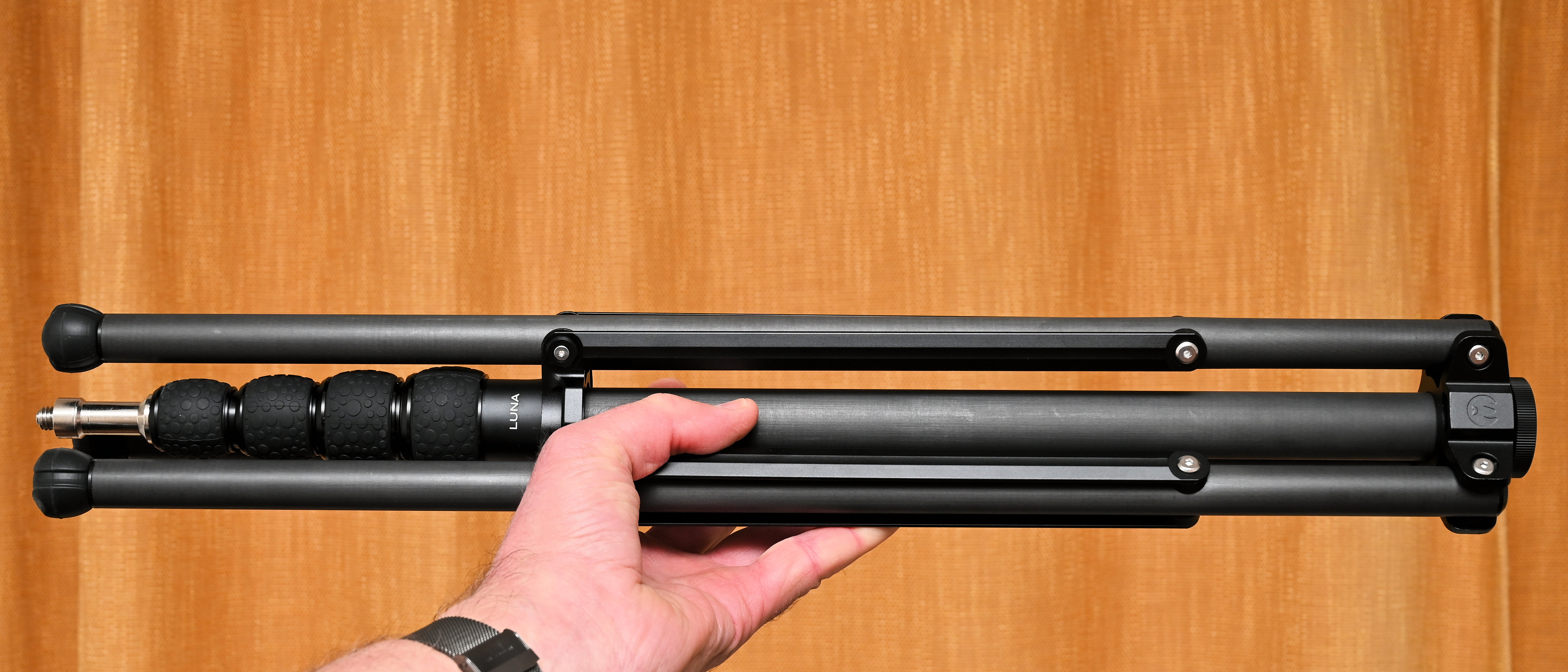5 tips for photographing Diwali, the festival of lights
Diwali is a religious festival celebrating good over evil – and the festival of lights is a great time to test your photography skills
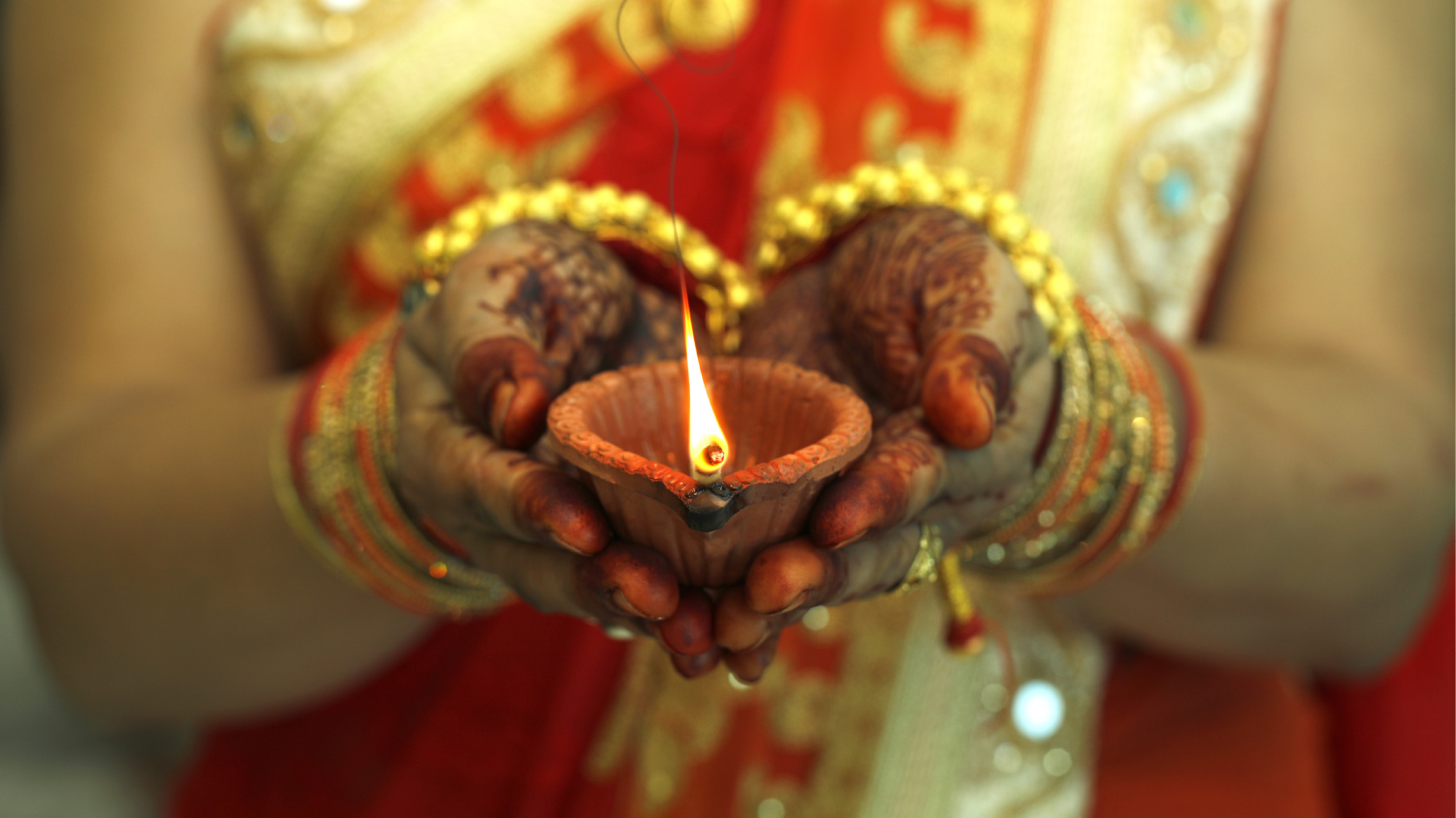
Diwali, also known as Deepavali, is the festival of lights. Celebrated by Hindus, Jains, Sikhs and Newark Buddhists around the world, it honors the triumph of good over evil. During the five days of festivities, people clean in preparation, buy new clothes, adorn their homes with lights and share food with friends and family.
The most important day of the festival is the third and is known as Lakshmi Puja. Dedicated to Lakshmi, the Hindu Goddess of wealth, fortune, prosperity and the embodiment of beauty, on this day people's homes become aglow with lights and candles – and it's where Diwali gets the name as the festival of lights.
• Read more: Best low-light cameras
With so many beautiful lights, colorful flowers and intricate outfits, Diwali is one of the most photogenic cultural events in existence. From vibrant displays of flowers, powder paint and incense to men, women and children dressed in gold and silver jewelry, there are so many things to take photos of.
As the festival takes place during the darkest period of the Hindu Lunar calendar, you’ll have to really know your camera settings to make sure you get the most out of your photos. You’ll be battling with low light, sparkly fireworks, moving people and all kinds of environments, depending on where you’re celebrating.
To make sure you can spend as little time as possible worrying about settings and more time joining in celebrations, we’ve put together a guide of our top five tips for shooting Diwali this year.
1. Experiment with a slow shutter speed
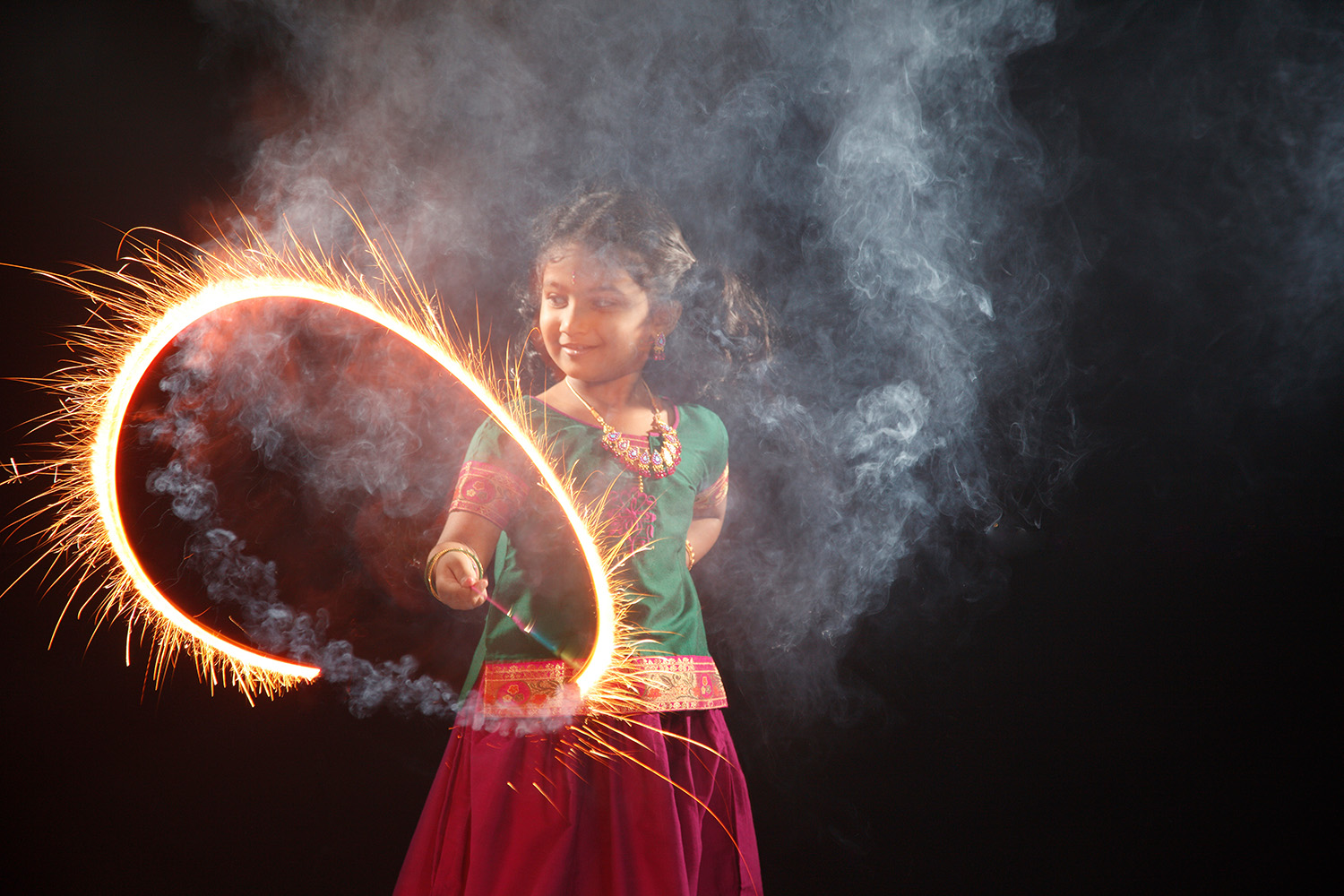
You’ll need a tripod or a flat surface if you want to shoot with slow shutter speeds. We also advise investing in a shutter release cable or setting your camera to timer mode so there’s no chance of camera shake when you hit the shutter button. Using a slow shutter speed will create beautiful lights trails that are perfect if you spot someone playing with a sparkler or you want to get an abstract image of fireworks. You can mess around with how long you have the shutter open for, depending on how big you want the light trail to be.
• Best tripods for photographers
• Best camera remotes and cable releases
2. Shoot with a wide aperture
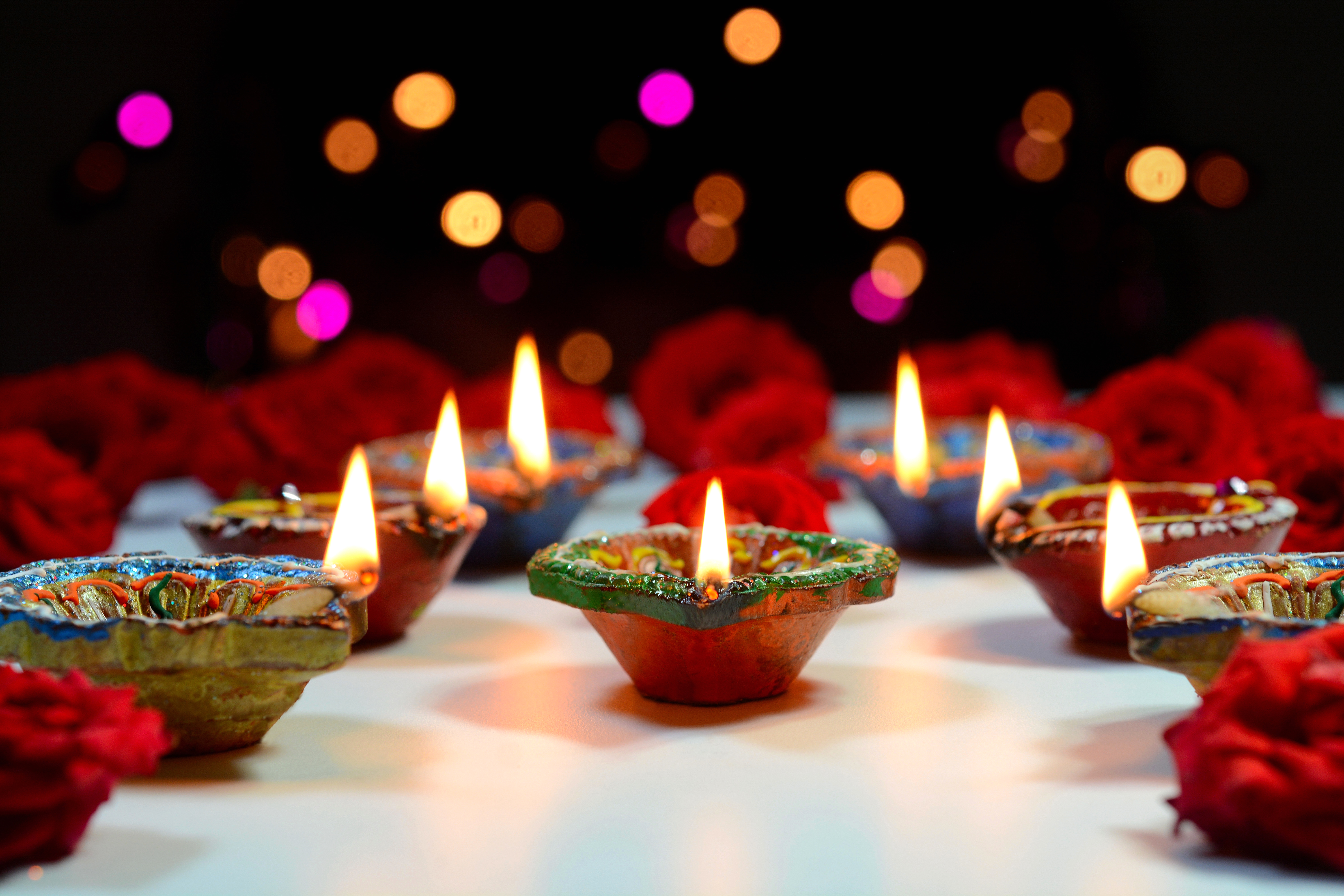
Set your aperture to as wide open as it will go; if you have a lens that goes down to f/1.8 or f/2.8 we suggest using it, as you’ll create images with beautiful rounded bokeh in the background due to all the lights. Don’t worry too much if you don’t have a lens that has quite such a wide aperture – if you’re shooting lights in the distance, you should still be able to create that blurred effect.
3. Get a mix of wide and detailed shots
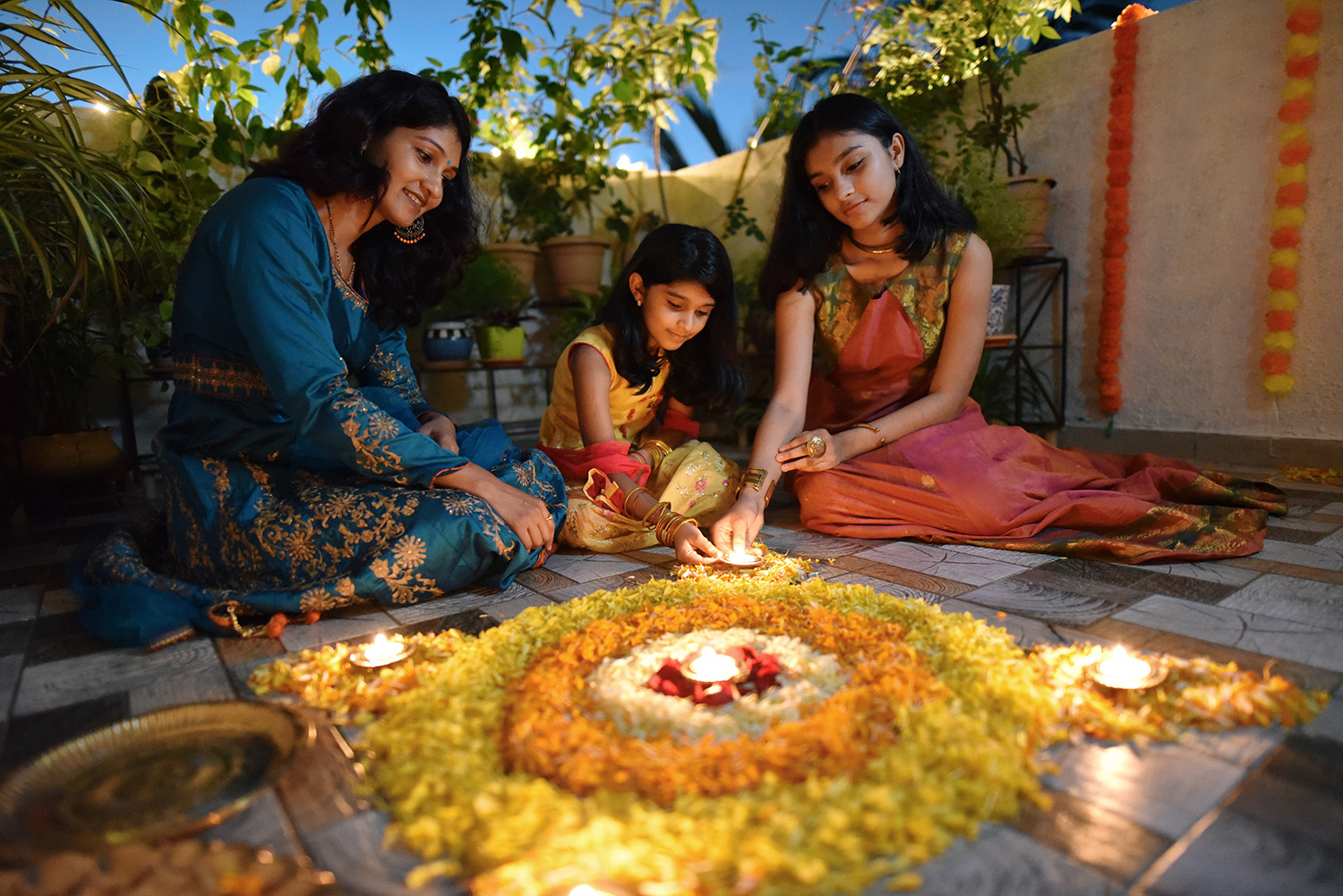
There will be many opportunities to get detailed shots of hands covered in henna, candles being lit, vibrant colored clothes and shrines adorned with flowers and food. These scenes work really well being shot with a wide aperture as you’ll get your subject in focus and have a beautifully blurred background. However, Diwali is also a time for friends and family and the decorations are breathtaking, so take a step back, use a wide-angle lens and close down your aperture to try capturing the magic of the entire scene.
4. Capture fireworks and sparklers
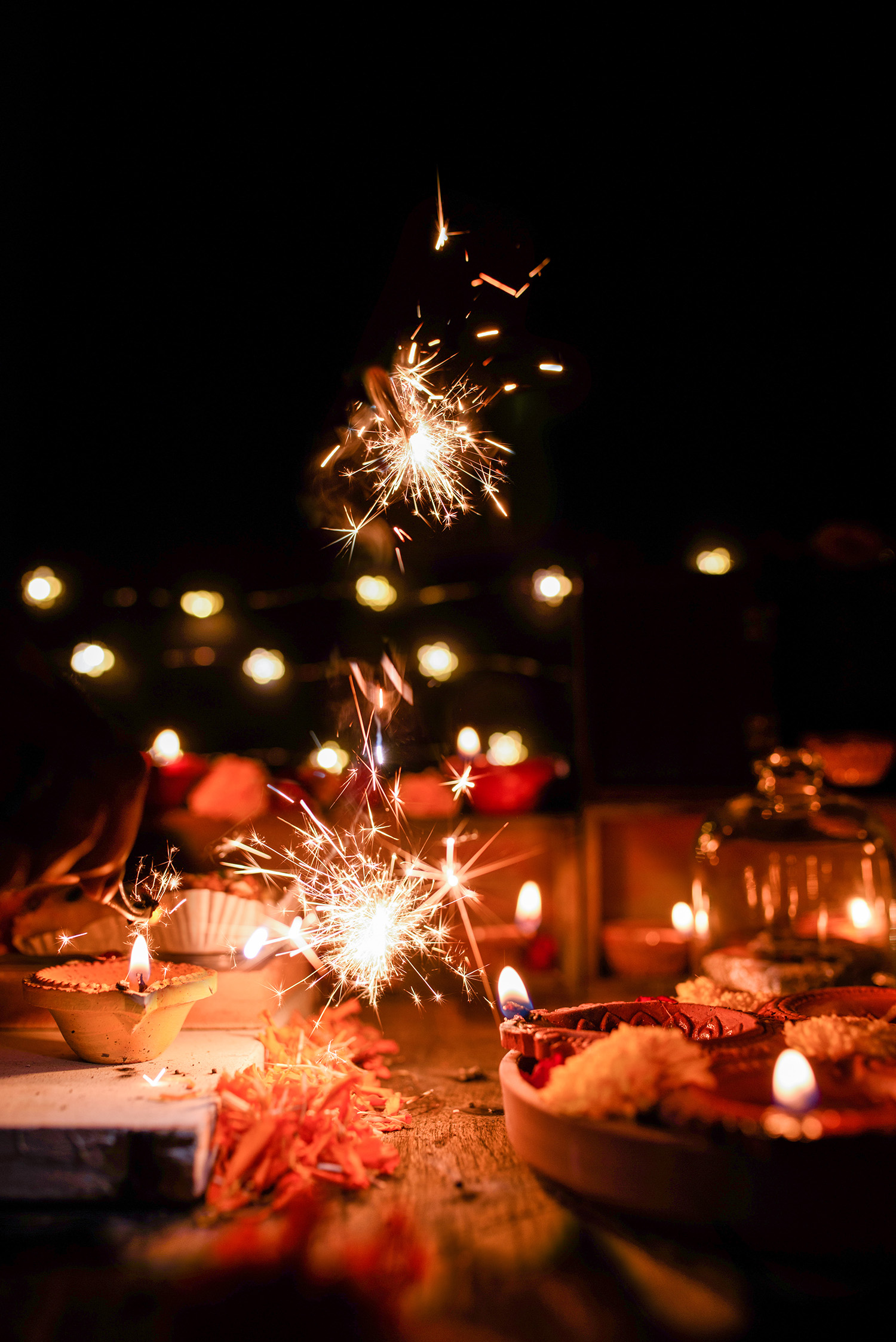
No doubt there will be some magnificent firework displays during Diwali, and the best way to capture them in all their glory is by shooting in manual. This way you’ll have the most control over ISO, shutter speed and aperture. We advise shooting with a fast shutter speed, an aperture of between f/10 and f/16 and an ISO that is as low as possible. You can also use these tips to capture sparklers if you don't want any light trails.
5. Be respectful
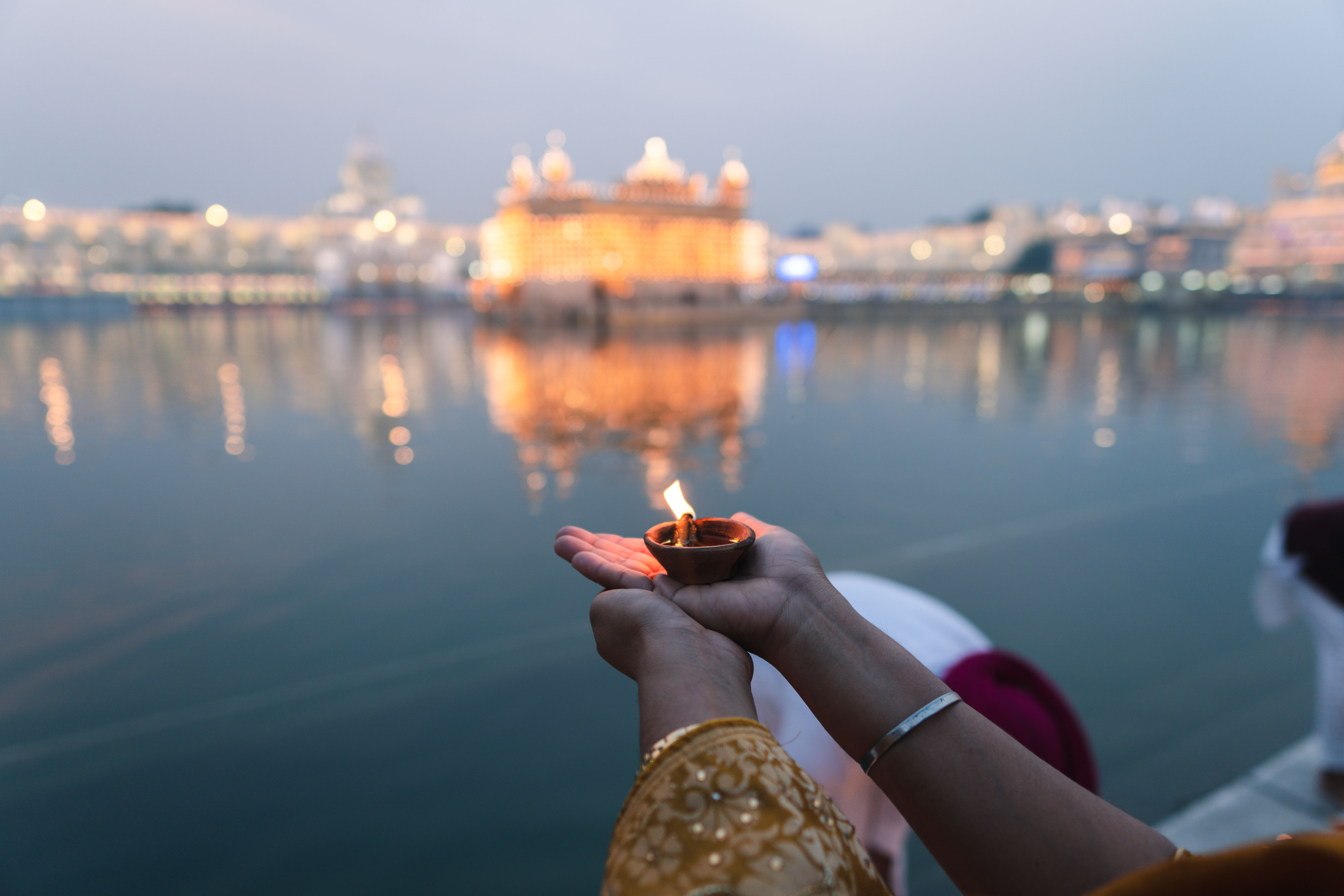
Remember that Diwali is a religious festival, so be mindful when taking photos and make sure you get permission from the venue or people you are photographing. Most people will be more than happy for you to take their picture; at the end of the day Diwali is a celebration and a joyful period for many, but it's best to tread on the cautious side when it comes to any religious event. Where possible, try not to use flash so that you can be extra discrete.
Read more:
Best tripods
Best monopods
Best 50mm prime lenses
How to prepare for low-light and night photography
Get the Digital Camera World Newsletter
The best camera deals, reviews, product advice, and unmissable photography news, direct to your inbox!

Having studied Journalism and Public Relations at the University of the West of England Hannah developed a love for photography through a module on photojournalism. She specializes in Portrait, Fashion and lifestyle photography but has more recently branched out in the world of stylized product photography. Hannah spent three years working at Wex Photo Video as a Senior Sales Assistant, using her experience and knowledge of cameras to help people buy the equipment that is right for them. With eight years experience working with studio lighting, Hannah has run many successful workshops teaching people how to use different lighting setups.
